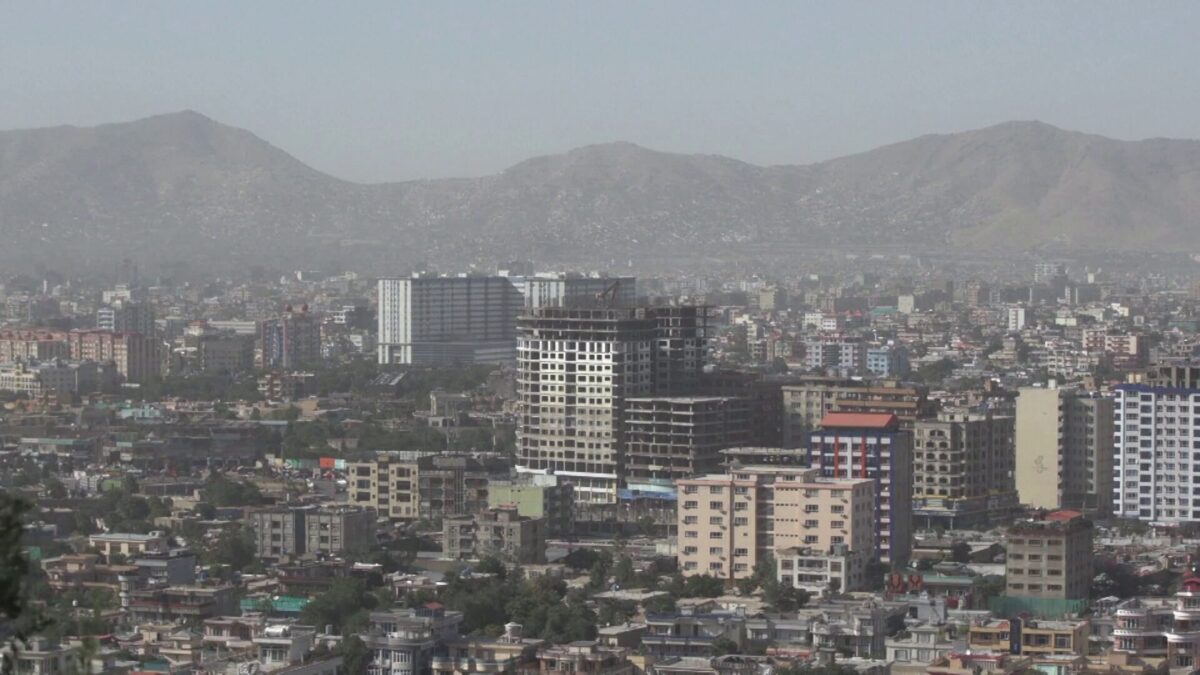Afghanistan’s economy faced fragility in 2023, grappling with crises such as drought, an earthquake, poverty, and migration, impacting citizens across various provinces.
The United Nations Development Program reported that approximately 34 million Afghans, nearly 85% of the population, live below the poverty line. The nation’s GDP plummeted by over 20% after the Taliban’s takeover, exacerbated by restrictions on women’s work.
Income levels in Afghanistan have significantly dropped since 2020, with per capita income decreasing to $332 in 2023, compared to $512 in 2020.
Mohammad Aslam, a former private school employee turned beggar, reflects the hardships faced by many. “Since the schools closed, we’ve struggled. I used to gather bread myself, now I can’t,” he said, highlighting the dire situation for his family of nine.
Qais Mehjoor, a resident of Takhar, noted the root cause of child labor: “Poverty and scarcity force families to send their underage children for hard work.”
Shir Ahmed, another Takhar resident, added, “Our children forgo school to find work, as we can’t provide for them.”
Experts attribute the spike in unemployment and poverty to reduced development budgets and halted projects. The Taliban have not disclosed budget details for the solar calendar year, severely cutting the development budget.
Pensioners, including 10,000 women, also suffered, receiving no salaries for the current and previous year. Many resorted to auctioning household items due to poverty.
The UN highlighted Afghanistan as one of the lowest per capita income countries globally, with nearly 40 million inhabitants. Despite an initial pledge of $4.6 billion in humanitarian aid, funding was cut to $302 billion, following Taliban restrictions on women’s work.
The UN’s requested budget of $3.2 billion for Afghanistan fell short, with only $1.4 billion allocated, leaving a gap of $1.8 billion. Major contributions came from the US, Asian Development Bank, European Union, Germany, and Japan.
In 2023, the Afghani currency outperformed those of Colombia and Sri Lanka, credited by Bloomberg to significant humanitarian aid and increased trade with neighbors. However, this did not alleviate the poverty experienced by many.
Zainab, a Herat resident, shared her plight: “As a widow with two children, we struggle for shelter and food. We live in a tent and lack basic necessities.”
Seyed Ahmed, another tent resident, echoed similar hardships: “My children and I are sick. We have no means to survive.”
Compounded by natural disasters and Taliban restrictions on women, Afghanistan’s economy teeters on the brink. The UN forecasts that in 2024, over half the population will require humanitarian assistance, with the economy further weakened by the exclusion of women from economic activities.





